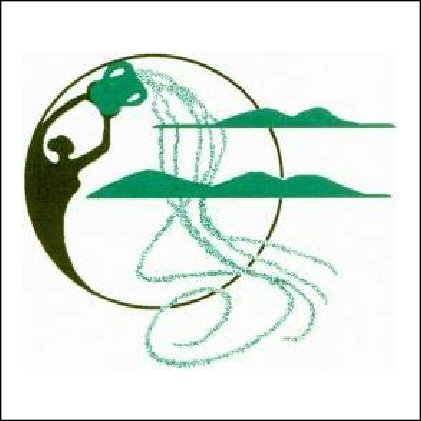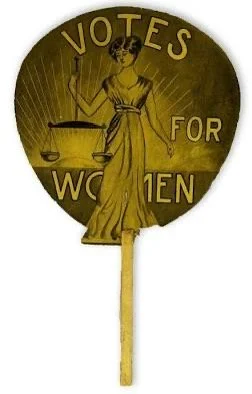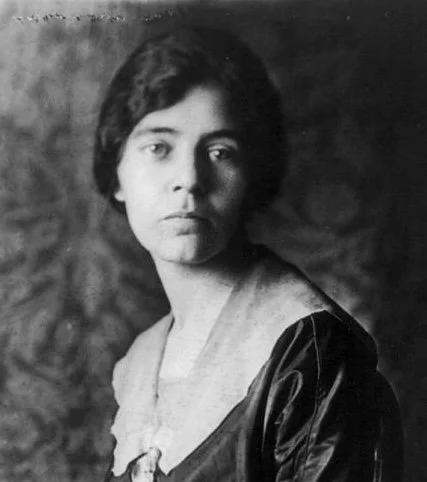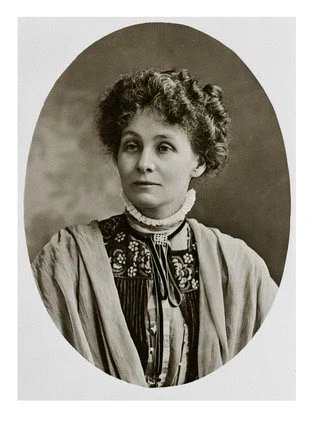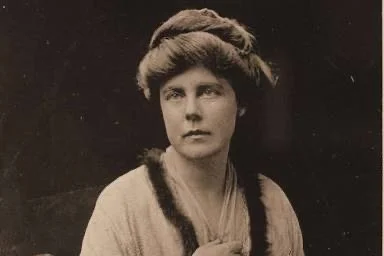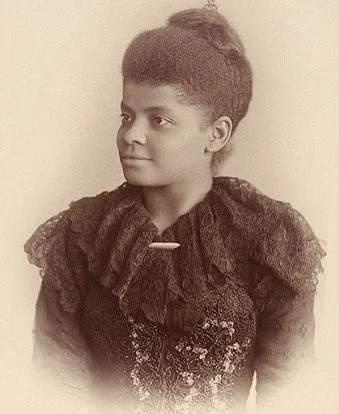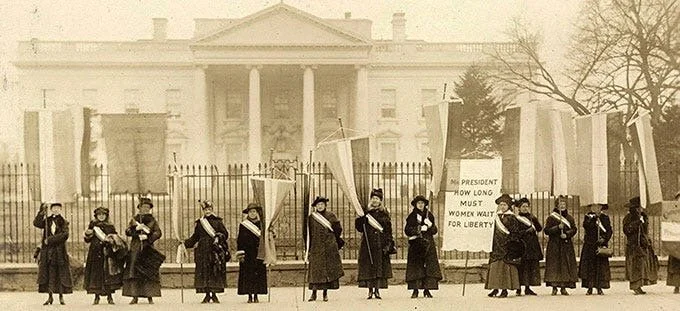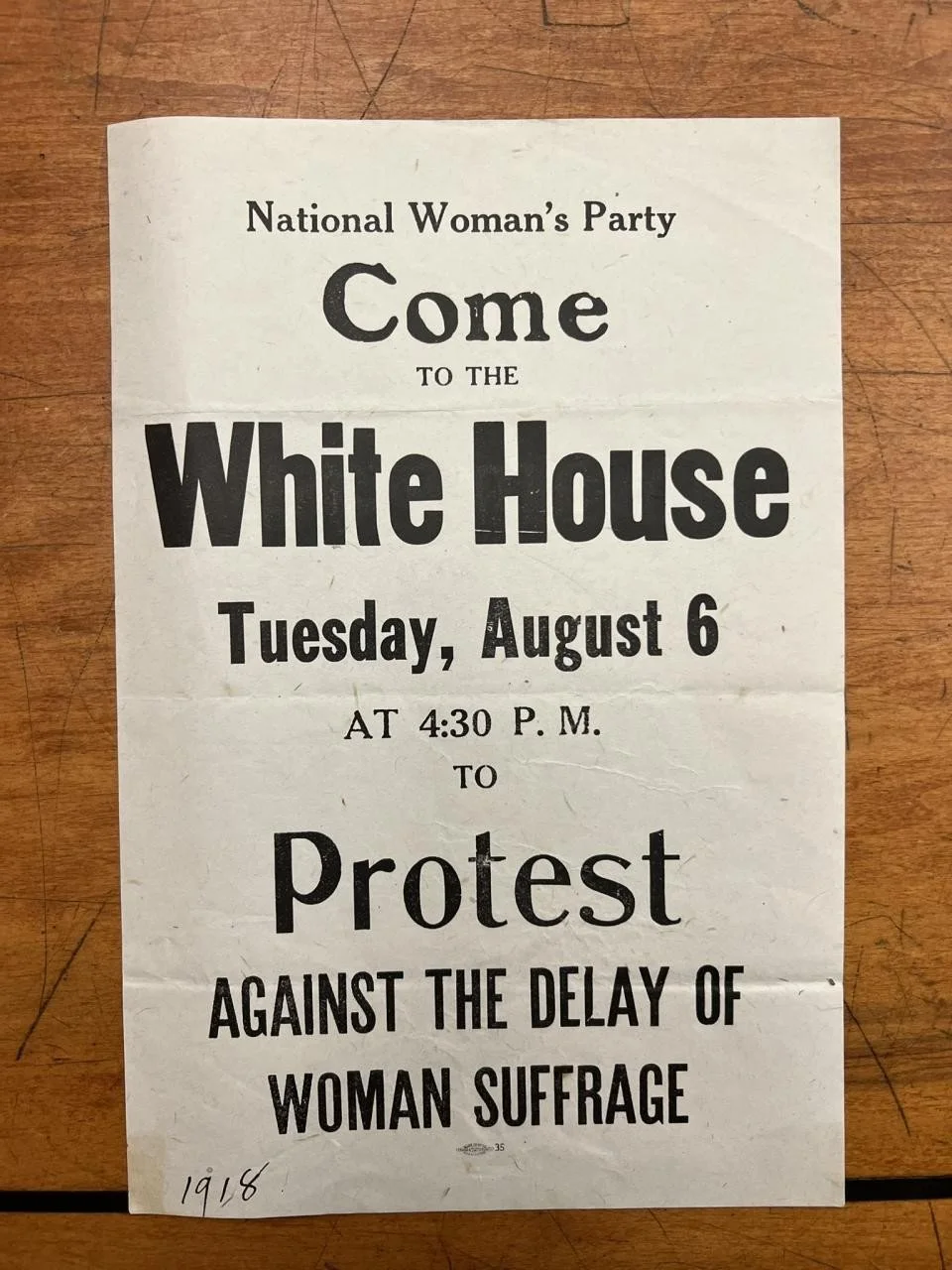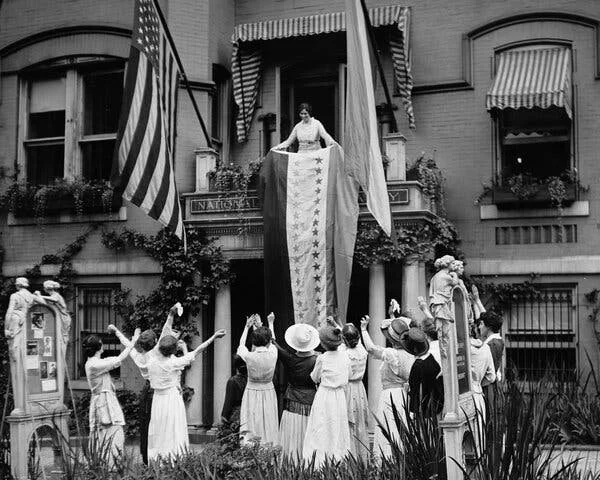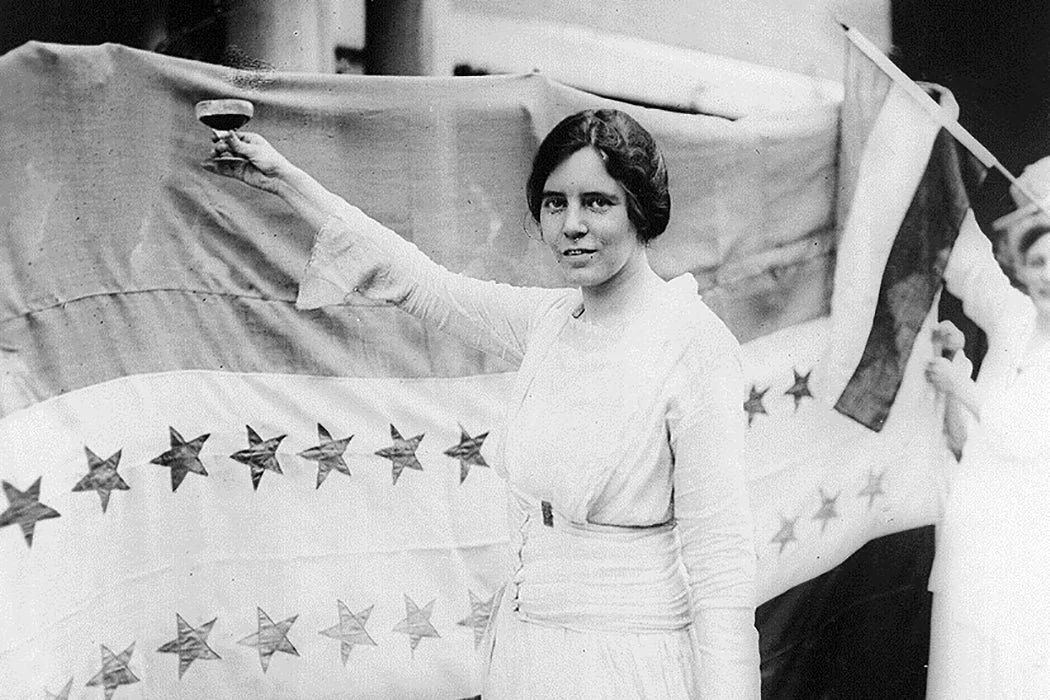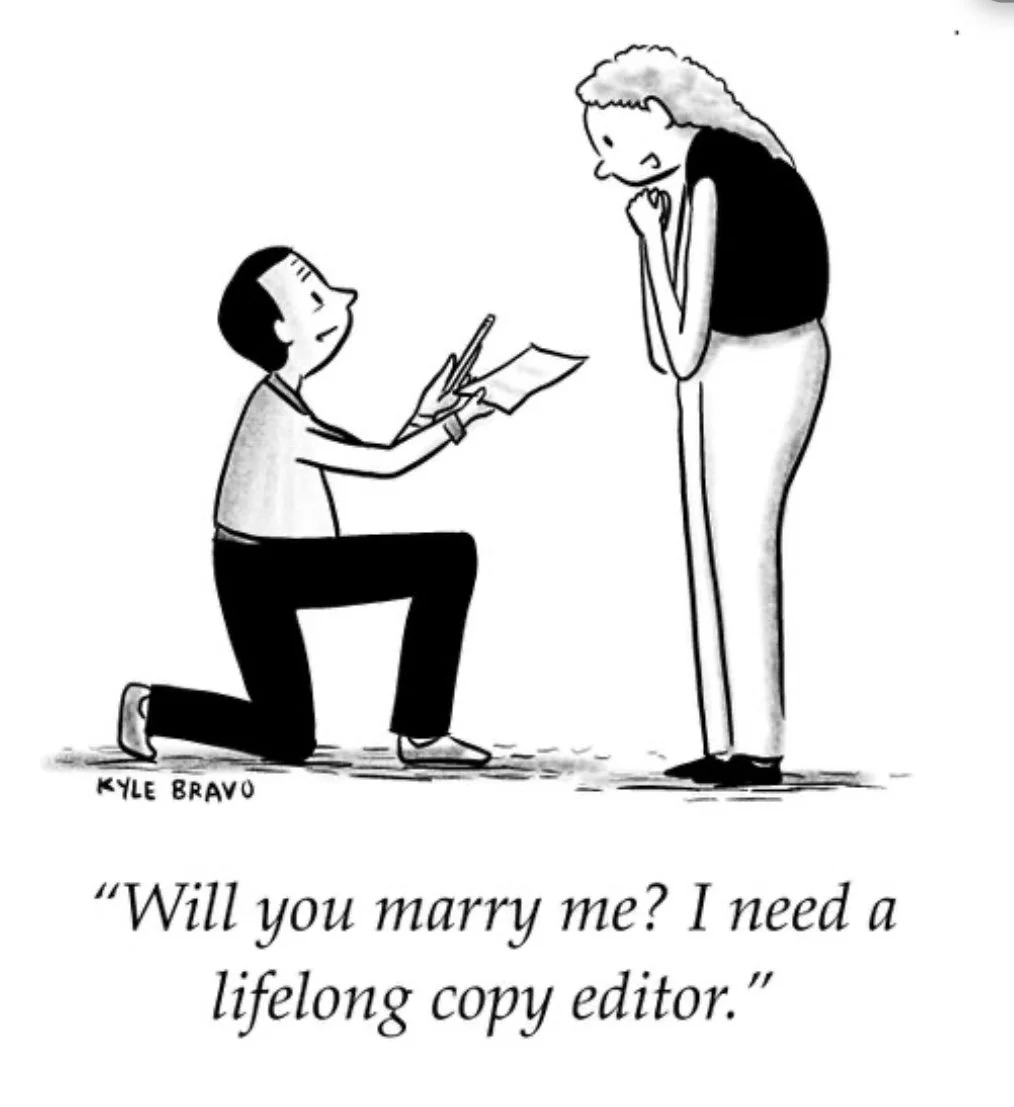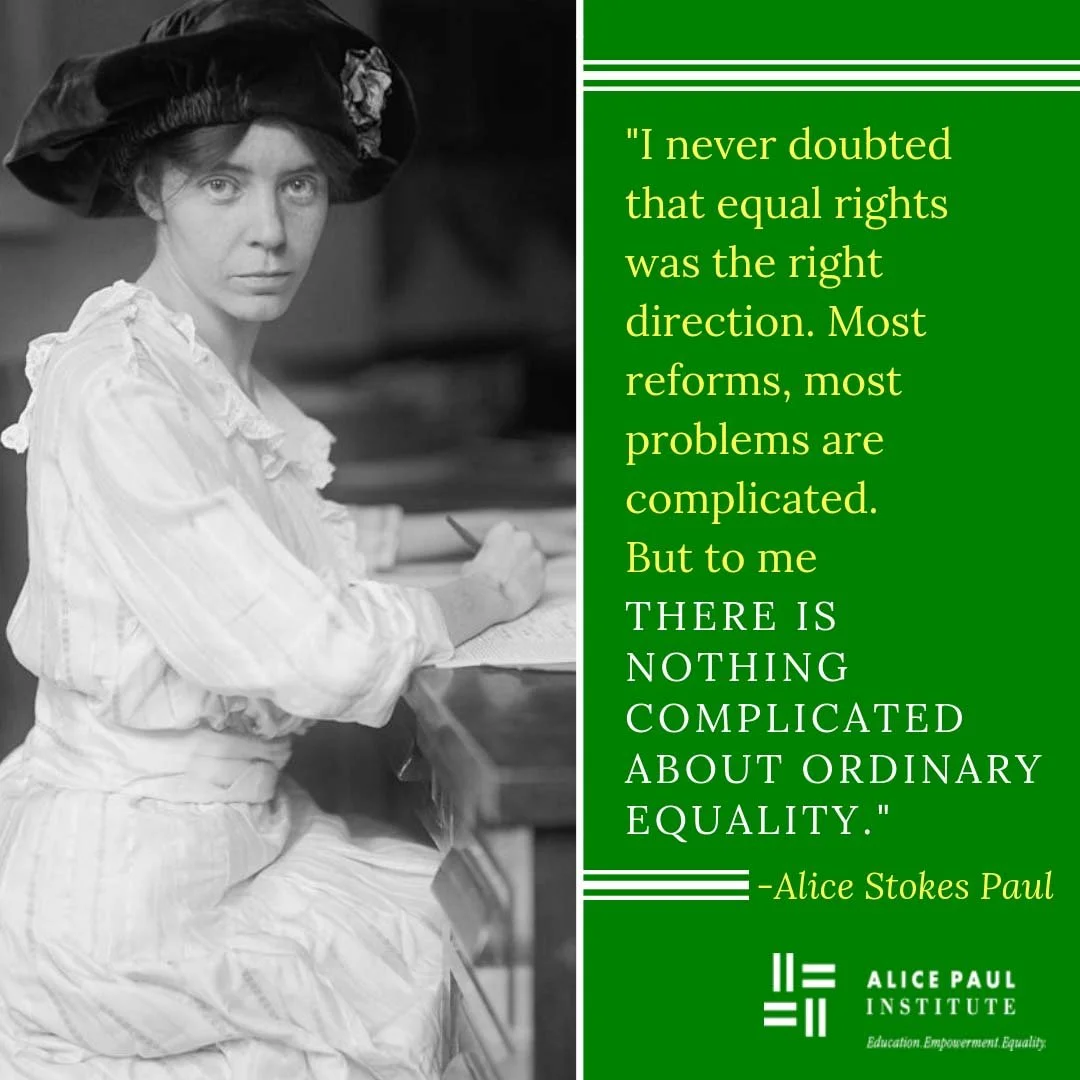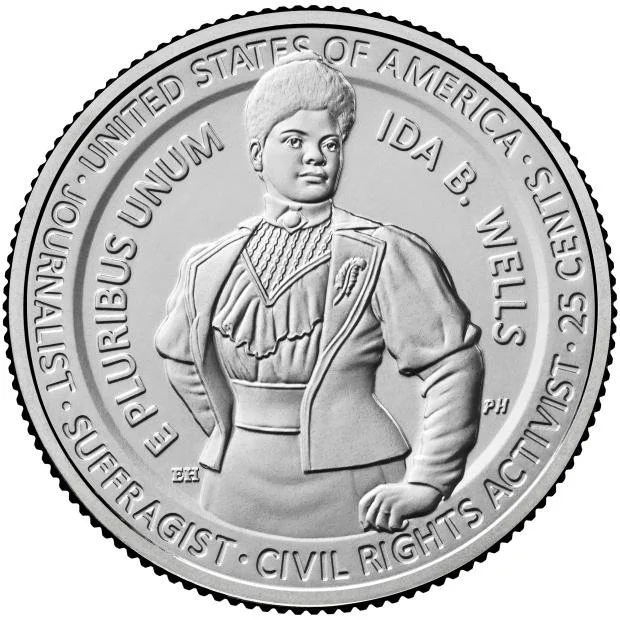WINDS OF FREEDOM Early 20th Century Fight For Women’s Suffrage Succeeds!
Before the 19th Amendment, the Constitution didn't prevent states from establishing gender-based voting restrictions.
It was 14 years after the death of Susan B, Anthony in 1906 that the passage of the 19th Amendment ensured “the right to vote shall not be denied on account of sex.” It was widely known as the Susan B. Anthony Amendment.
Alice Paul
1885-1977
Alice Paul was the key mover of the suffrage movement in the United States.
She carried the torch after the deaths of Susan B. Anthony and Elizabeth Cady Stanton. Susan B. Anthony had drafted the Woman* Suffrage Amendment in 1848.
*Note: The phrases “Woman suffrage” and “Women’s suffrage” were used interchangeably.
Fun Fact: The sunflower and yellow rose were both flowers that symbolized the women’s suffrage movement.
🌻 💐
Known for her tactics
Alice Paul was a firebrand!!
She was known for her confrontational tactics and single-mindedness in her pursuit of women's right to vote.
And she learned these tactics from the suffragists she met in England while there to further her studies in social work, in particular, to learn about and participate in the British suffrage movement firsthand.
Here is her story:
Early involvement
In 1907, Alice moved to England and became involved with the Women's Social and Political Union (WSPU) and the women’s suffrage movement there.
She participated in demonstrations, marches, and hunger strikes.
She was arrested and imprisoned multiple times for her involvement in the WSPU, and learned her militant tactics like picketing and hunger strikes from British suffragists, particularly Emmeline Pankhurst, the founder of the WSPU.
Emmeline Pankhurst
1858 - 1928
American involvement
Alice began her American involvement in the women's suffrage movement when she returned to the United States from England in January 1910.
In 1912, she joined the National American Woman Suffrage Association (NAWSA) and led the Washington, DC chapter.
Lucy Burns
1879-1966
Alice first met Lucy Burns while they were both in London.
They met in a London police station in 1909 after being arrested protesting for suffrage in front of parliament.
The Parade
Back in the U.S., the two women, and other suffragists, launched a dramatic form of a non-violent protest for NAWSA in 1913.
They organized and led a parade down Pennsylvania Avenue toward the Capitol in Washington, DC on March 3, 1913, the day before Woodrow Wilson's inauguration
As stated in its official program, the parade's purpose was to "march in a spirit of protest against the present political organization of society, from which women are excluded."
However, the women in charge of the parade wanted to exclude black women because of fears that their presence would hurt the cause of suffrage.
Ida B. Wells
1862-1931
Ida B. Wells, an American investigative journalist, educator, and early leader in the civil rights movement, protested, with other black women, about their exclusion from the parade.
The organizers, eventually relenting, said that black women could march, but only at the tail-end of the parade.
Ida B. Wells refused. She marched with the white women in the front of the parade, and other black women marched with their respective delegations.
Alice and other suffragists split with NAWSA and in 1916 formed the National Woman's Party (NWP)—originally called the Congressional Union for Woman Suffrage (CU).
A major and unusual form of protest!
Guided by Alice and Lucy, women of the National Woman’s Party participated in an unusual, lengthy, and non-violent protest.
Because of the way they stood as they carried out their protest, they were called “Silent Sentinels.”
The Silent Sentinels
These were a group of about 2,000 women of the National Woman’s Party who protested by standing outside the White House.
They used the non-violent tactics of silent picketing and carrying signs that called on President Woodrow Wilson to support women's suffrage.
The picketing took place six days a week from January 10, 1917 to June 4, 1919.
(Yes, you read it correctly. The women protested for 2.5 years.)
The “Silent Sentinels”
What were the consequences for the Silent Sentinels?
They faced verbal and physical attacks from spectators.
Arrested for obstructing traffic, they were jailed and some were brutalized—with their prison sentences increasing over time.
Some served jail time instead of paying fines.
Some were tortured by force-feeding with eggs and milk after they held a hunger strike while imprisoned.
Some were threatened with commitment to an insane asylum.
Protest in the Park
While the Sentinels were still picketing in front of the White House, the NWP held another protest on August 6, 1918 in Lafayette Park, across from the White House.
This time the event was focused on the Senate: it was held to protest the Senate's inaction on the woman suffrage amendment.
What happened?
Dora Lewis, who helped found the National Woman’s Party and was the main speaker, was arrested before finishing her speech.
Other speakers took her place and were also arrested, even though the District of Columbia Court of Appeals had overturned the convictions of the "Silent Sentinels" five months earlier.
What was the final impact?
The arrests and publicity led to public outcry and pressure on President Woodrow Wilson to support women’s suffrage.
The Silent Sentinels' protests, in particular, helped convince President Wilson to support women's suffrage in 1918.
The House passed what would become the19th Amendment on May 21, 1919, and the Senate passed it two weeks later on June 4th. The Amendment was ratified by the 36th state (Tennessee) on August 18,1920, and certified on August 26th as the 19th Amendment to the Constitution.
(In 1919, there were 48 states, so thirty-six was the required two-thirds number for ratification.)
Alice Paul unfurls the ratification banner from the balcony of the National Women’s Party headquarters, August 18, 1920
The protests achieved getting the passage of the19th Amendment, which prohibits the federal and state governments from denying U.S. citizens the right to vote based on sex.
Alice Paul Raises Glass Celebrating 19th Amendment, 1920
Alice’s significant insight—and a source of her persistence—was that she believed that the movement needed to focus on a constitutional amendment, not just winning state-by-state.
Alice’s activism helped shift the focus of the suffrage movement in the United States from state-by-state campaigns to a constitutional amendment.
ALSO OF NOTE IN THE EARLY 20TH CENTURY
—The laws of coverture were abolished in the late 19th and early 20th centuries.
—Alice Paul drafted the Equal Rights Amendment (ERA) proposal in 1923, known then as the Lucretia Mott Amendment.
In 1943, Alice rewrote the original version of the ERA, which was then renamed the Alice Paul Amendment.
The words of the ERA are simple:
“Equality of rights under the law shall not be denied or abridged by the United States or by any state on account of sex.”
ERA Update, 2025:
Nearly100 years after its original drafting, the ERA, in 2020, finally received the required number of 38 state ratifications to be certified as an Amendment to the Constitution.
(With 50 states now in the U.S., the two-thirds number required for ratification has increased.)
Certification has not yet happened and the ERA protections are in jeopardy due to legal challenges.
Some Inspirational Quotes:
When the Quakers were founded…one of their principles was and is equality of the sexes. So I never had any other idea…the principle was always there.”
– Alice Paul, 1974 interview
From The Alice Paul institute
_____________________________________
“Resistance to tyranny is obedience to God.”
—Lucy Burns, 1913
(Courtesy of Library of Congress)
Highly recommended:
The 2004 film “IRON JAWED ANGELS,” with Hillary Swank as Alice Paul, does a good job of conveying the suffrage fight.
A significant word in the film’s title is ANGELS
These women, indeed, were doing holy work.
And so it behooves every American woman who now has the right to vote, to do so in every election.
To honor these angels and be grateful for their efforts—to recognize the pain and suffering they endured to give women their choice to vote.
To celebrate the dismantling of coverture.
Stay as positive as possible in these changing times in the U.S.
In the past, dark hours that seemed hopeless—like the years when coverture held sway or when segregation and Jim Crow were alive and well—demanded of people heights of strength, to which they have risen.
Our predecessors have much to teach us.
They teach us how to defeat injustices.
The severity of what our predecessors have been up against in the past tells us what to look at: their strategy and the human strength it took to defeat negative laws.
Pay attention to what they have said, to what they have done, to how they did it—and to the results of it all.
…To be continued
As we reach the close of February and Black History Month,
we at C:WED recognize Ida B. Wells for her leadership, courage, and persistance.
She is one of 20 women the United States Mint selected to honor in the American Women Quarters™ program.
The design of the Ida B. Wells 2025 quarter released as part of the American Women Quarters™ Program.
Image courtesy of the U.S. Mint
Check your change: The U.S. Mint has already released the Ida B. Wells 2025 quarter.
The American Women Quarters™ program is a four-year initiative, begun in 2022 and ending in 2025, that honors the contributions of American women by issuing new quarters each year. The women honored represent a wide range of fields and accomplishments, including: abolition, civil rights, government, humanities, science, space, the arts, & suffrage.
C:WED Wish List:
—Would you help support our work with a contribution?
—Your gifts, of any amount, will keep C:WED alive in the digital world!
—Do you have something to send us on any of our themes: Women, the Earth, and/or the Divine?
—Maybe a short essay, a prayer, a quote, a poem, a photo or video, a drawing or painting, a cartoon, or a resource recommendation?
—Or perhaps just a comment?
We have planned this series to explore two movements—the Women’s Movement and the Environmental Movement—as they exist, and are linked, in a patriarchal world
We have revised our publishing schedule for this series to one post every week for the next few months.
